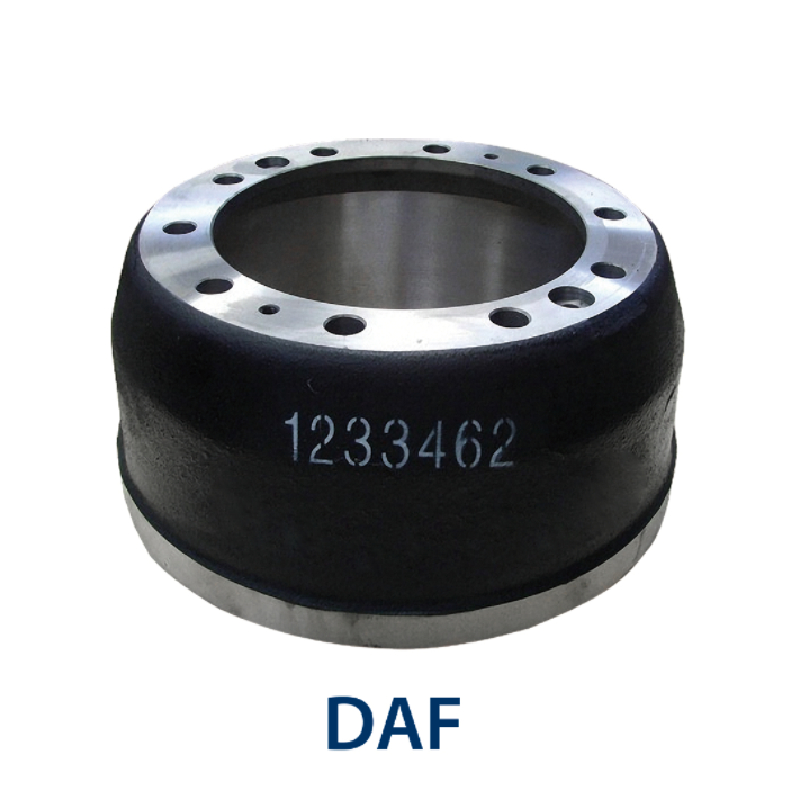Nov . 29, 2024 22:23 Back to list
what component keeps the linings close to the brake drum
The Components That Keep Brake Linings Close to the Brake Drum
Braking systems are crucial for ensuring the safety and efficiency of vehicles. Among the various components of these systems, brake linings and brake drums play a vital role in stopping the vehicle. Understanding the mechanisms that keep brake linings close to the brake drum is essential for both automotive professionals and enthusiasts. In this article, we will discuss the primary components that ensure this critical contact is maintained, allowing for effective braking performance.
Brake Linings and Brake Drums An Overview
Before delving into the components that keep the linings close to the brake drum, it's important to understand the basic functionality of these parts. Brake linings are made from friction material and are mounted on the brake shoes. They are designed to create friction against the brake drum when the brakes are applied. The brake drum, on the other hand, is a cylindrical component that rotates with the wheel. When the brake pedal is pressed, hydraulic force pushes the brake shoes outward, pressing the linings against the inner surface of the drum to slow down or stop the vehicle.
Primary Components Keeping Linings Close to the Drum
1. Brake Shoes The brake shoes serve as the base to which the brake linings are attached. They are curved to match the shape of the drum and are positioned so that when the brake pedal is pressed, they expand outwards. The design of the brake shoes allows them to maintain consistent contact with the lining and ensure they press evenly against the drum.
what component keeps the linings close to the brake drum

2. Spring Mechanisms Springs play a crucial role in maintaining the proper positioning of brake linings. There are generally two types of springs involved return springs and hold-down springs. Return springs pull the brake shoes back to their original position when the brake is released, ensuring that the linings do not drag against the drum unnecessarily. Hold-down springs keep the brake shoes in place, reducing excessive movement and maintaining consistent contact with the drums when the brakes are applied.
3. Adjusters Automatic or manual adjusters are essential for maintaining the optimal distance between the brake linings and the drum. Over time, as brake linings wear down, this distance can increase, leading to reduced braking efficiency. Adjusters compensate for this wear by automatically or manually adjusting the position of the brake shoes, thus ensuring that the linings remain close to the drum for effective braking performance.
4. Hydraulic System The hydraulic system is another critical aspect of maintaining the proper contact between the linings and drum. When the brake pedal is pressed, hydraulic fluid is utilized to transfer force from the pedal to the brake components. This hydraulic pressure is responsible for pushing the brake shoes outward, which allows the linings to make contact with the drum. Any issues in the hydraulic system, such as leaks or air in the lines, can significantly affect the performance of the brakes, leading to inadequate contact between the linings and the drum.
5. Drum Configuration The design of the brake drum itself also influences how closely the brake linings can be maintained. Drums are typically designed with specific tolerances to ensure a snug fit with brake shoes and linings. The surface finish of the drum should be smooth to provide effective friction without increasing wear on the linings or the drum itself. Additionally, any warping or uneven wear of the drum can affect how well the linings contact the surface.
Conclusion
Maintaining the appropriate distance between brake linings and the brake drum is crucial for the effective performance of a vehicle’s braking system. Various components, including brake shoes, spring mechanisms, adjusters, the hydraulic system, and the drum configuration all work in harmony to ensure that the linings stay close to the drum during operation. Understanding these components and their interactions can help vehicle owners and mechanics diagnose issues, conduct effective maintenance, and ensure the safety and reliability of the braking system. Regular maintenance and timely replacements of worn-out components will ultimately result in improved braking performance and vehicle safety on the road.
-
Scania Brake Drums: OEM Quality for Optimal Safety & Durability
NewsAug.16,2025
-
R.V.I: Advanced Remote Visual Inspection for Precision
NewsAug.15,2025
-
Discover HYUNDA: Innovative Vehicles, Equipment & Solutions
NewsAug.14,2025
-
R.V.I: Unlock Advanced Insights & Real-time Performance
NewsAug.13,2025
-
Kamaz Brake Drum: Durable & Reliable for Heavy Duty Trucks
NewsAug.12,2025
-
Heavy Duty Iveco Brake Drum - Premium Quality & Safety
NewsAug.11,2025
